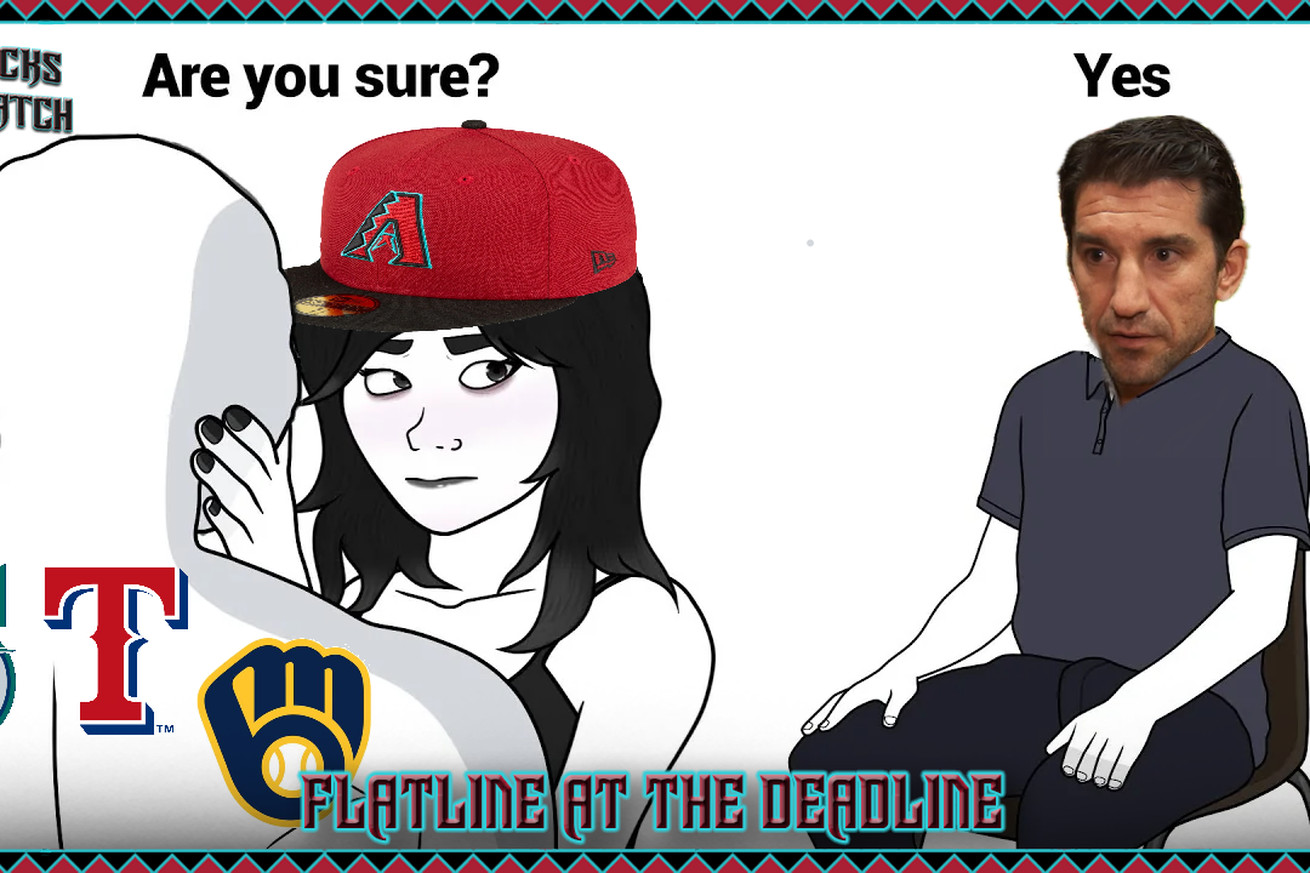
Diamondbacks pivot at the trade deadline, shedding veterans and embracing a murky rebuild. With no top-tier prospects acquired and leadership under scrutiny, the franchise faces an identity crisis and an uncertain future.
The Arizona Diamondbacks have reached a critical juncture in their season, and possibly in their broader future. Following a demoralizing sweep at the hands of the Detroit Tigers and a trade deadline that saw the departure of several key players, the team now finds itself caught between competing visions: one of short-term competitiveness and another of long-term rebuilding.
Collapse in Detroit
The series against the Tigers was a stark reminder of the team’s current struggles. Arizona was outscored 24-5 across three games, with both the offense and pitching staff failing to deliver. The lineup struggled to capitalize on scoring opportunities, and the pitching—both starting and relief—was erratic and ineffective. Defensive miscues and poor body language underscored a deeper issue: a lack of urgency and cohesion. The team appeared emotionally drained, as if the weight of the season and the trade deadline rumors had finally taken its toll.
Trade Deadline: A Turning Point
Despite being within close to striking distance of a wild card spot, the Diamondbacks chose to sell at the deadline. The decision to move veteran contributors, players who had been central to the team’s identity, was not just a tactical shift, but a philosophical one. It signaled a retreat from immediate contention in favor of a longer-term vision, albeit one that remains loosely defined.
The return packages were mixed. One deal brought in a power-hitting first baseman with strong AAA numbers and a hard-throwing bullpen arm who could contribute soon. Another trade yielded a trio of pitchers with varying degrees of upside, including a potential starter and two relievers with intriguing profiles. Yet none of the acquisitions ranked among baseball’s top prospects, raising questions about the ceiling of the rebuild.
The reaction within the organization and among observers was layered, not simply frustration, but a deeper concern about direction. There was disappointment in the timing, confusion over the messaging, and skepticism about whether the current leadership has the capacity to develop the incoming talent. The moves felt reactive rather than strategic, driven more by recent losses than by a coherent long-term plan.
Leadership and Identity Crisis
The front office’s track record with pitching development has come under scrutiny, particularly given the number of injuries and stalled progress among recent prospects. Coaching decisions have also been questioned, with in-game management and lineup construction failing to adapt to the team’s evolving needs.
Ownership’s approach appears conflicted. The team has not fully committed to a rebuild, nor has it aggressively pursued contention. This “one foot in, one foot out” strategy has led to years of middling results and a fan base unsure of what to expect. The lack of a clear identity has created a sense of inertia.
What Comes Next?
The path forward is uncertain. The window for contention is not closed, but it is pretty close to squeaking shut. The recent trades added depth, particularly in the bullpen, but did not fundamentally alter the team’s trajectory. The prospect haul was serviceable, but not transformative.
To move beyond mediocrity, the Diamondbacks must clarify their vision. That means either embracing a full rebuild with patience and transparency or retooling with urgency and conviction. It also means investing in development, particularly on the pitching side, and possibly reevaluating leadership at multiple levels.
The desert has seen flashes of promise in recent years, but without a clear direction, those flashes risk fading into the background. The next few months, and the decisions that follow, will determine whether this franchise is truly building toward something or simply treading water.
